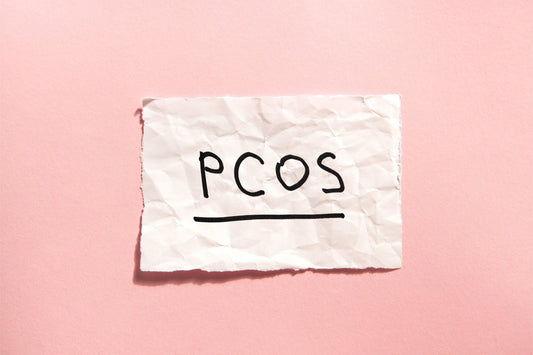<div class="sharethis-inline-share-buttons"></div>
In today’s world, people are adopting a holistic approach to health care. And numerous facets of our well-being, including our immunity and happiness, are impacted by gut health. Gut health is not all about good digestion and good bowel movements but much more. The gut microbiota is vital for both health maintenance and disease prevention. The proper Prebiotics and probiotics work together and directly impact the healthy gut and health-related variables.
Prebiotics are foods that promote the growth of beneficial gut bacteria, but Probiotics are edible sources that actually contain health-promoting microbes.
An Introduction about Prebiotics and Probiotics
Prebiotics are compounds, primarily found in plant-based foods that feed the good bacteria in your stomach. It induces the growth or activity of beneficial microorganisms altering the composition of organisms in the gut microbiome. The bacteria in your gut use these compounds to produce short-chain fatty acids (SCFAs), vitamins, and other beneficial metabolites because the body is unable to break them down.
Probiotics are microorganisms that contain live bacteria like Lactobacillus and Bifidobacterium, that can have a variety of effects on the human body. When Probiotics are ingested, they offer health advantages often through enhancing or reestablishing the gut microbiota.
Prebiotics and probiotics complement one another effectively since probiotics and beneficial bacteria cannot grow without prebiotics, which is a vital source of nutrition.
Why are they essential and How does it work?
Prebiotics & Probiotics are “Good bacteria promoters,” according to McCune. “They are naturally occurring, non-digestible dietary components that have been related to supporting the growth of beneficial bacteria in our gut. They can aid in the improvement of gastrointestinal health. These active cultures aid in the shift or repopulation of intestinal bacteria, hence balancing gut flora.”
Prebiotics nourish your gut microbiome, boost the growth of beneficial bacteria, and promote the production of health-promoting substances. We already ingest prebiotics without even realizing it because they occur naturally in plant foods and milk. Specific types of dietary fiber are the most stable sources of prebiotics because they are less sensitive to heat and age. Depending on the type of prebiotic, distinct short-chain fatty acids are formed when it is broken down by the microorganisms in your gut. As a result, these short-chain fatty acids offer energy to your colon cells and aid in mucus production.
Probiotics have the ability to identify any pathogenic/bad bacterial strains that may have gained a foothold. Pathogens have a tough time surviving because the beneficial bacteria compete with them for food sources and living space. Probiotics also secrete specific acids that prevent the growth of pathogens while enhancing the environment in the gut for both their own advantages as well as those of other good bacteria, which start to multiply. Probiotics can have health benefits even if they only transit through the gastrointestinal tract and do not settle into the microbiome.
What are the benefits?
Prebiotics & Probiotics both do wonders for our health.
The good impact concludes:
- Digestive Health
- Mental Health
- Gastrointestinal Health
- General Health
- Increases calcium absorption
- alleviates the rate at which the body processes carbs
- potentially enhances the digestion and metabolism
How long does it take to work?
After the consumption of prebiotics, they start to increase the number of healthy bacteria in the gut, when taken consistently. Whereas, probiotics take more time than prebiotics to function.
Probiotics typically operate slowly. Probiotics contain live bacteria that must have time to multiply and colonize the gut. This time frame typically lasts two to three weeks in the case of probiotics.
In addition, Pro- and prebiotics work differently for everyone because it depends on many various factors such as an individual’s age, existing bacteria, lifestyle, environment, and diet.
There are varieties of food sources from which it’s easy to consume prebiotics and probiotics. For example, yogurt and sauerkraut are rich in probiotics and Prebiotics are in foods such as whole grains, bananas, greens, onions, garlic, soybeans, and other fiber-rich food sources.
Sometimes, it’s difficult to get a regular and proper intake of foods that contain prebiotics and probiotics. In such scenarios, one can easily rely upon supplements containing both prebiotics and probiotics which is a prebiotics sachet




